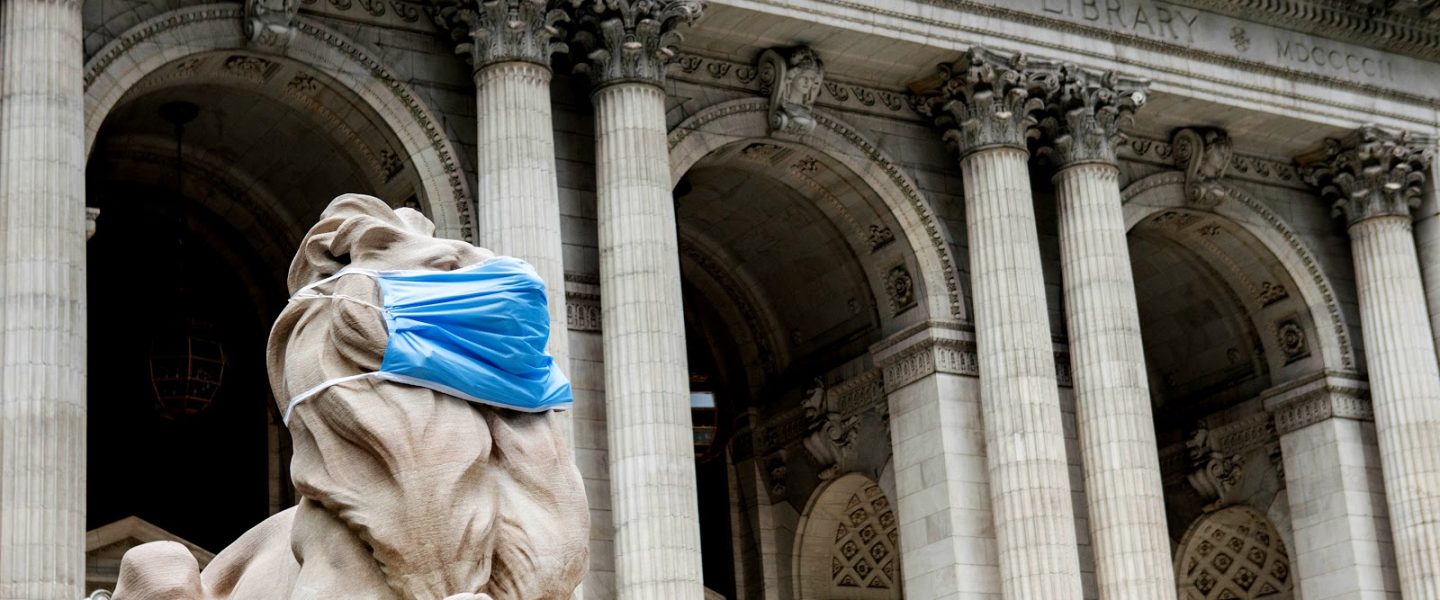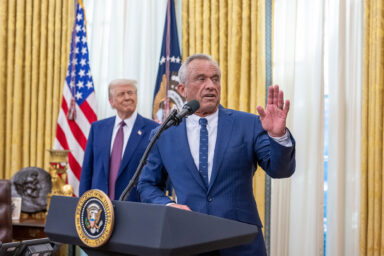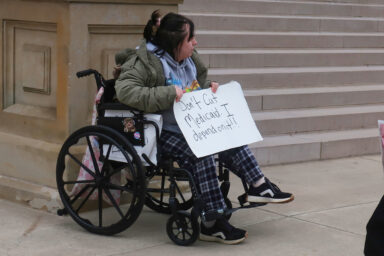After being one of the first COVID-19 epicenters in the US, New York City is making a comeback through vaccinations and strict mitigation techniques.
Back in April 2020, New York City had the dubious distinction of being one of the few epicenters of the COVID-19 pandemic in the US. While that title has since shifted to other states and cities across the country, New York continues to suffer carrying the burden of over 1.8 million reported cases and 49,351 deaths since last year. New York City alone contributed 824,870 cases, with at least one in 10 residents infected, and 30,898 deaths to the state’s total.
That doesn’t mean there’s no light at the end of the tunnel. In fact, the city’s current hospitalization rates and vaccine efforts beg to differ. New York City currently sits at 2,637 hospitalized COVID-19 patients — the lowest it’s been this year since February 8. The number of cases in the city’s intensive care units continues to drop as well, with 543 patients in the New York City ICUs as of March 25.
Despite struggling to get more supplies due to weather conditions that delayed vaccine shipments this past winter, the state has fully vaccinated 14.1 percent of the population, or just over 2 million residents. In New York City, 30 percent of the adult population (age 18 and up) has received at least one dose, while 15 percent are fully vaccinated. Currently eligible for a vaccine are city residents age 50 and above, those with underlying health conditions, frontline workers, and government workers.
The hope is that all other individuals will be eligible for vaccines this spring, with Mayor Bill de Blasio (D) aspiring to have 5 million vaccinated New Yorkers by June so long as vaccine supplies remain steady. De Blasio also noted the importance of vaccinations amid a spike in suicide rates in the city’s student population in month.
“It’s not easy when kids aren’t [in school] in-person and that’s what’s causing so much of the problem here,” the mayor said. “It’s painful, but we really are trying to help every child. But the best thing we can do is just get more and more kids back in school as quickly as possible.”
New York is currently in Phase 4 of reopening, which limits all indoor services to 25 percent of the maximum capacity, while outdoor venues may operate at 33 percent capacity. The city’s public high schools also reopened on March 22 for some 55,000 students eligible to go back to in-person learning while the majority continue remote learning until further notice.
Though New York is no longer the coronavirus hotspot it was, residents still need to “remain vigilant,” as Gov. Andrew Cuomo (D) said last week, adding that “we have never been closer to defeating this beast once and for all. The numbers are a reflection of our actions… We will see the light at the end of the tunnel.”



